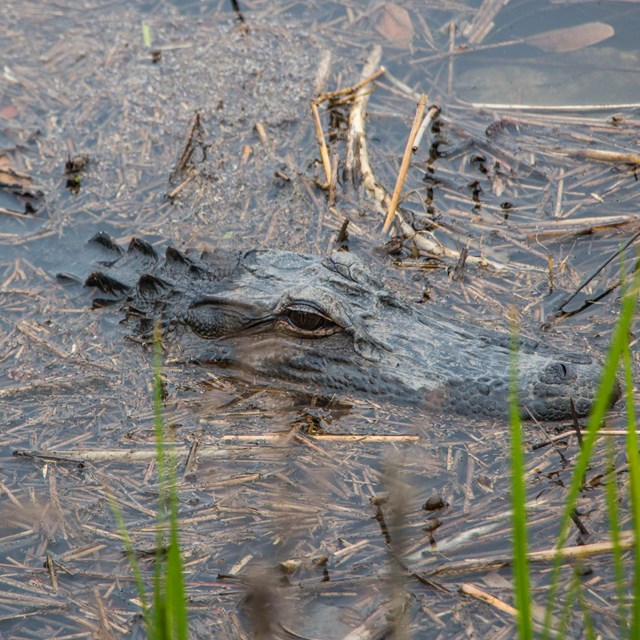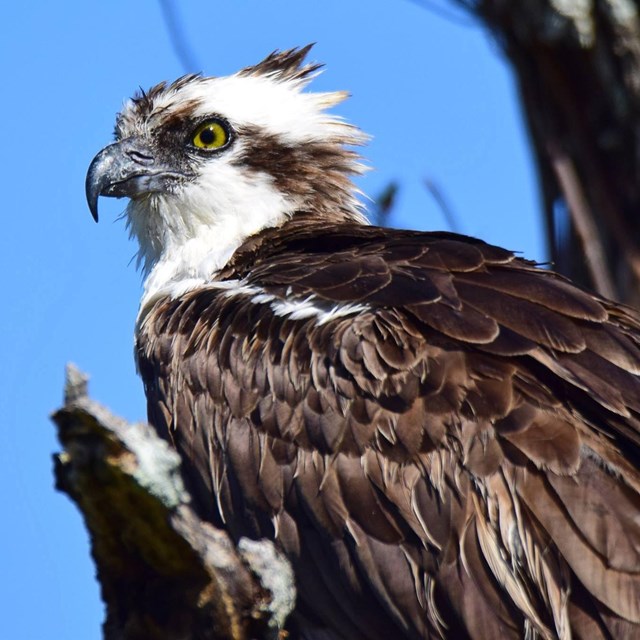
NPS Photo/Breault Estuaries provide great habitats for local and migratory bird species as well as a diverse collection of marine life. Shallow, calm waters, devoid of larger marine predators, provide ideal conditions for animals such as fish and crab to breed and lay their eggs. This creates a concentration of new life, which in turn provides a consistent food source for other animals. Estuaries also act as a filter, protecting coastal waters from pollutants picked up by rivers and streams as they make their way to the coast. Early explorers to the Gulf Coast searched for estuaries to use as a waterway entrance into unexplored areas of the mainland.
As humans have learned about the importance of estuaries, we have also come to see the negative impacts that we have on their health. Threats to estuaries include human development, pollution, storms, and climate change. Estuaries on the Gulf Coast have been negatively affected by oil spills, drops in water salinity levels, algae blooms, and dredging. It is up to us to continue to learn about and protect these important and vulnerable ecosystems.
Animals in this ecosystem
Gulf Islands ResidentsAnimals
|
Last updated: April 21, 2020



